Introduction
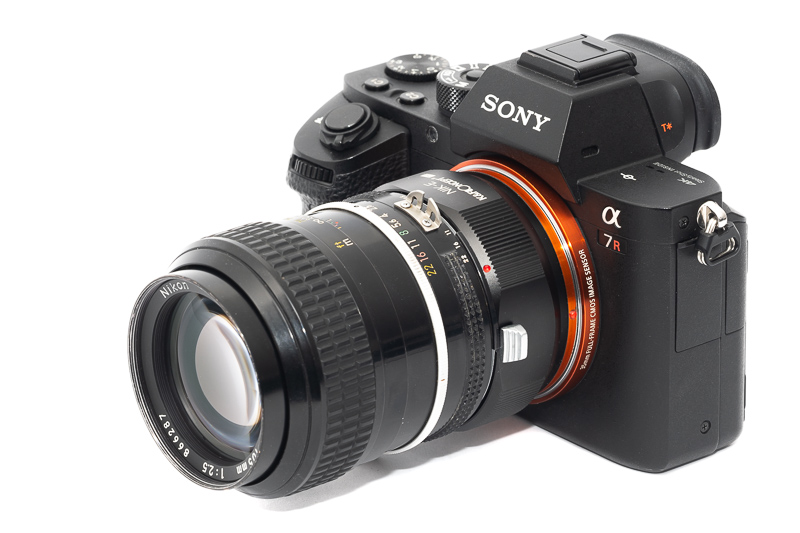
Some lenses became famous because they are rare and/or expensive. Neither is the case for the Nikon Nikkor 105mm 2.5 Ai. In fact – from the early 70s to the mid 80s – Nikon made a lot of them, it was by far their best selling short tele prime. Why was that? And are there still good reasons to use this lens today? Let’s find out in this review.
Sample Images
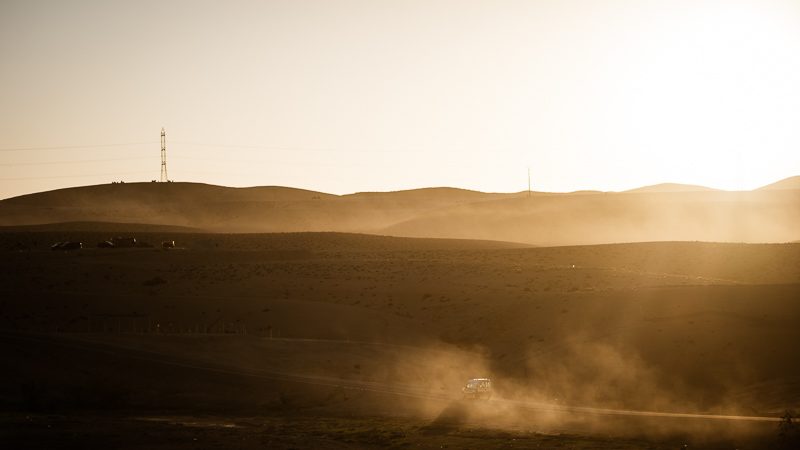

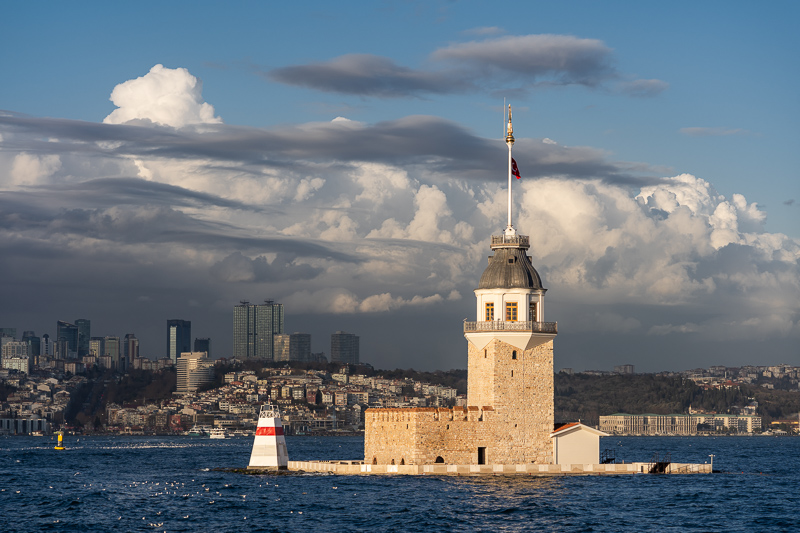
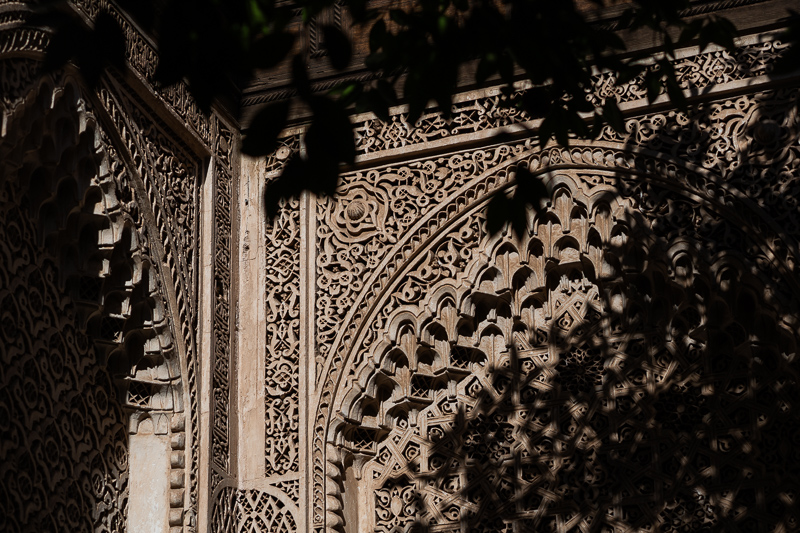
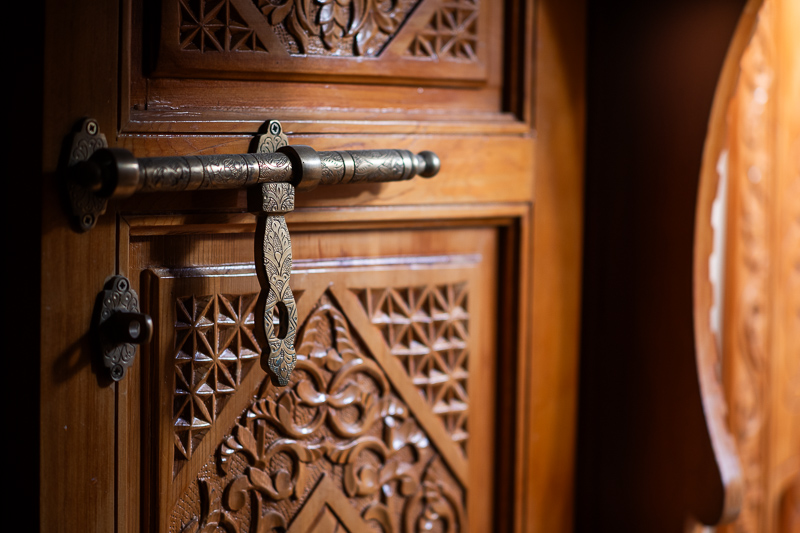
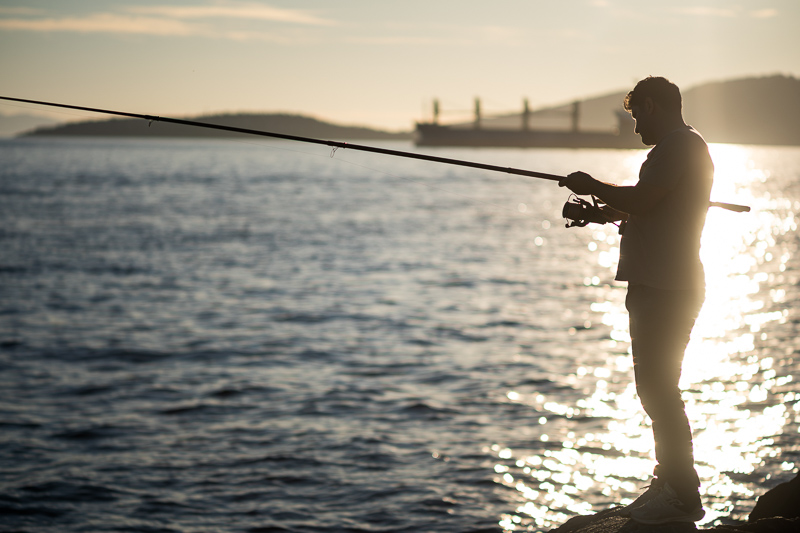

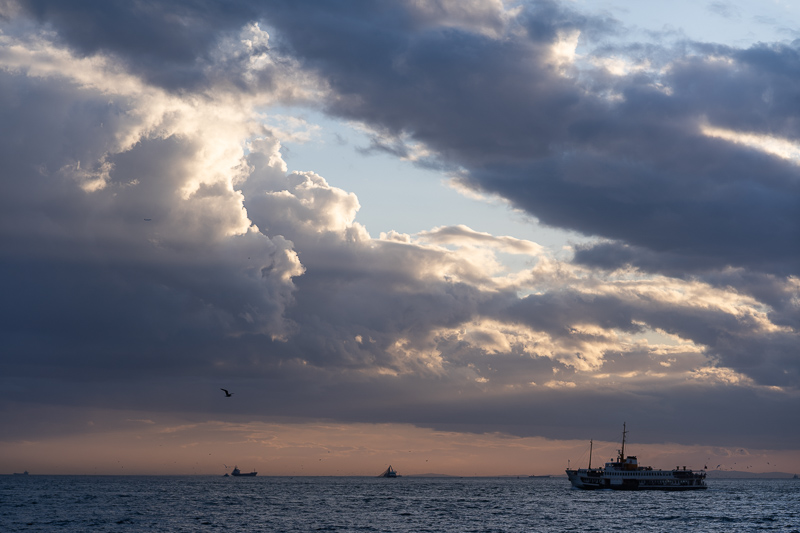

Most of the sample images in this review can be found in full resolution here.
Contents
Specifications / Version History
There have been a plethora of versions of Nikon’s 105mm 2.5 lens. The earlier pre-Ai lenses used a Sonnar design whereas the latest pre-Ai versions as well as this Ai and also the latest Ai-s version use a Xenotar design. I am reviewing an Ai version here which has the following specifications:
- Diameter: 65 mm
- Length: 69 mm
- Weight: 418g (measured)
- Field of view: 23.2° (diagonally)
- Filter Diameter: 52 mm
- Number of Aperture Blades: 7 (slightly rounded)
- Elements/Groups: 5/4
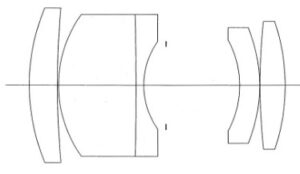
- Close Focusing Distance: 1.0 m
- Maximum Magnification: 1:7.6 (measured)
- Mount: Nikon F
buy from ebay.com (affiliate link) starting at $150
History
If you want to know more about the development and the history of this lens you should first have a look at Nikkor – The Thousand and One Nights – No. 5: Nikon 105mm 2.5.
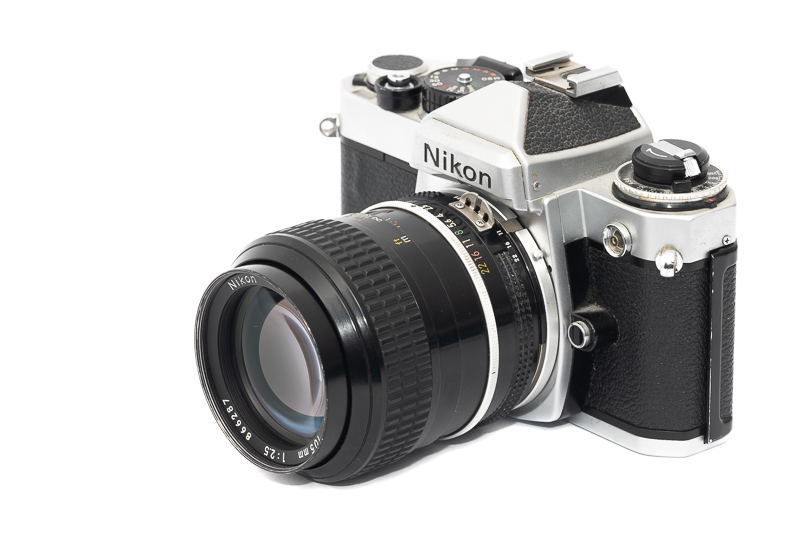
I reviewed some exotic Nikon lenses already (e.g. the Nikon AF 28mm 1.4 D) but this is on the other end of the spectrum: it was Nikon’s best selling portrait tele lens for decades and more than half a million have been made (almost 160.000 of this Ai version alone).
These days no one is making new 105mm 2.5 lenses anymore, because now you can make faster/fancier portrait lenses with high image quality at affordable prices. So today no one really gets excited when seeing a 105mm 2.5 lens. The huge benefit of these moderate specifications: it was actually possible to manufacture a high performing lens with these specifications in the 1970s.
Handling / Build Quality
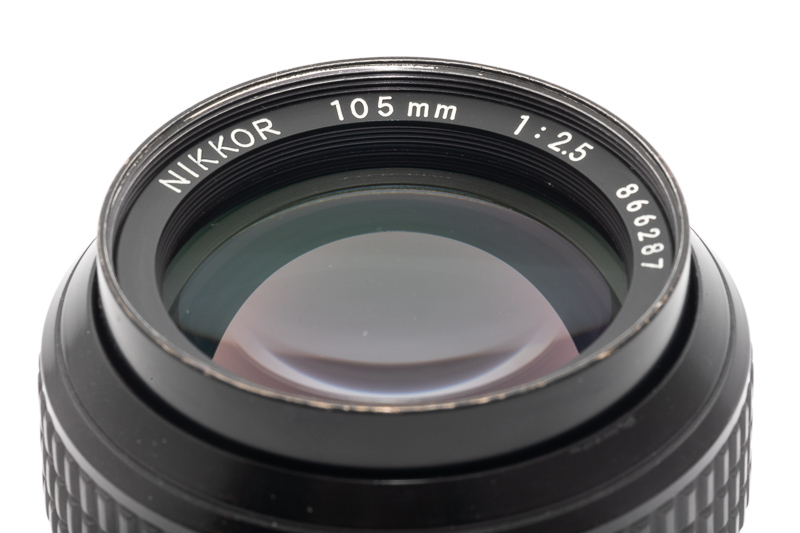
This 105mm 2.5 has the typical build quality of Nikon’s Ai lenses: all metal body with engraved writings, colorful aperture stops and DoF scale.
The focus ring has a very nice and even resistance. It takes exactly 180° from the minimum focus distance of 1.0 m to infinity.
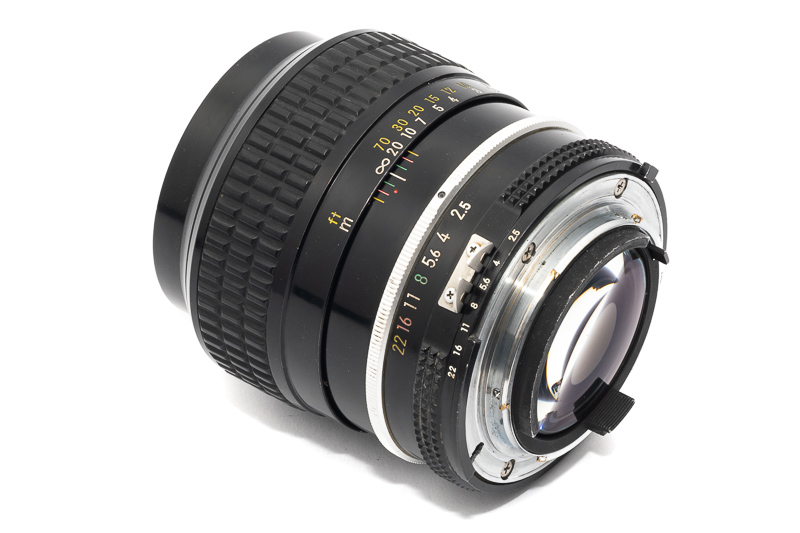
The aperture ring is also typical for Nikon’s lenses: equidistantly spaced full-stop click stops and the aperture ring close to the camera body. The aperture ring can be moved very slightly past the f/2.5 mark, which I am not a huge fan of.
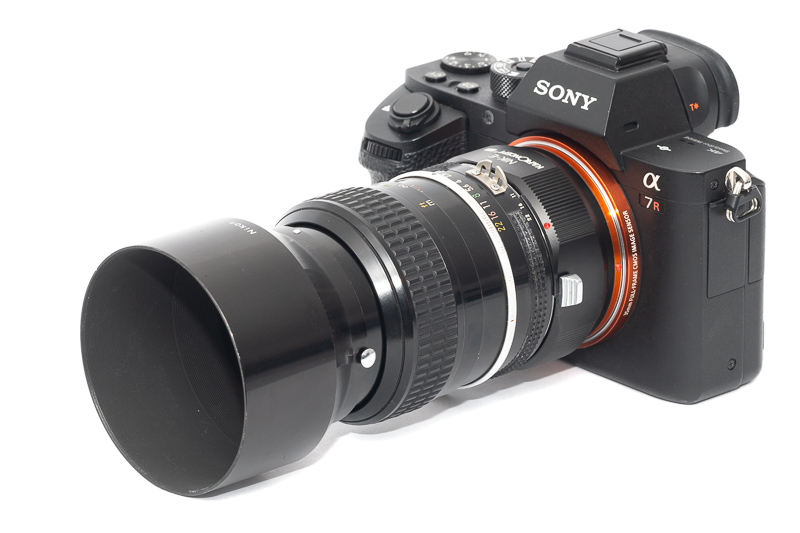
There are actual several lens hoods that fit this lens. I once bought the Nikon HS-4 to use ony my Voigtländer 180mm 4.0, but this 105mm 2.5 is one of the lenses it has actually been designed for. It can even be attached reversed.
Like most of the Nikon lenses from this era it features the typical 52 mm filter thread.
Vignetting
Light falloff
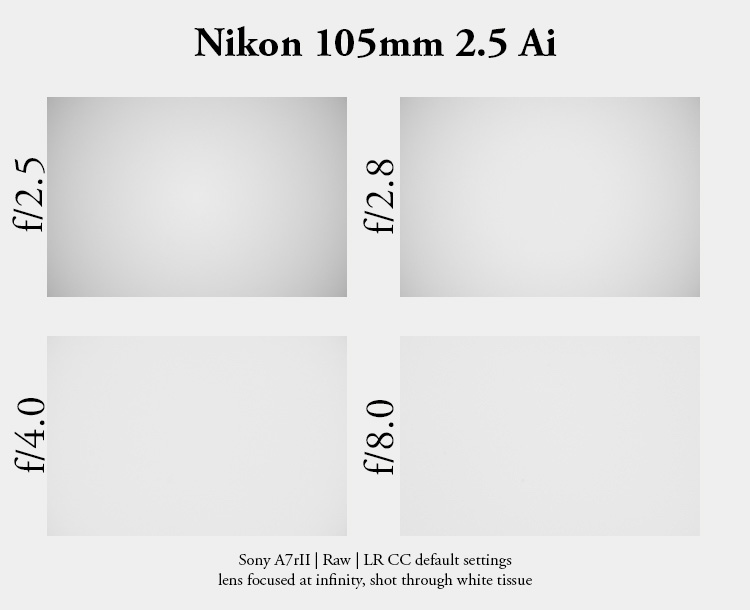
| f/2.5 | 1.5 EV |
| f/2.8 | 1.2 EV |
| f/4.0 | 0.4 EV |
| f/5.6 - f/22 | 0.1 EV |
These days I usually use/review faster short tele lenses and I am not sure I came across even one with less than 2 EV vignetting at its maximum aperture. This Nikon 105mm 2.5 has very low vignetting figures, from f/5.6 it is actually non-existent anymore.
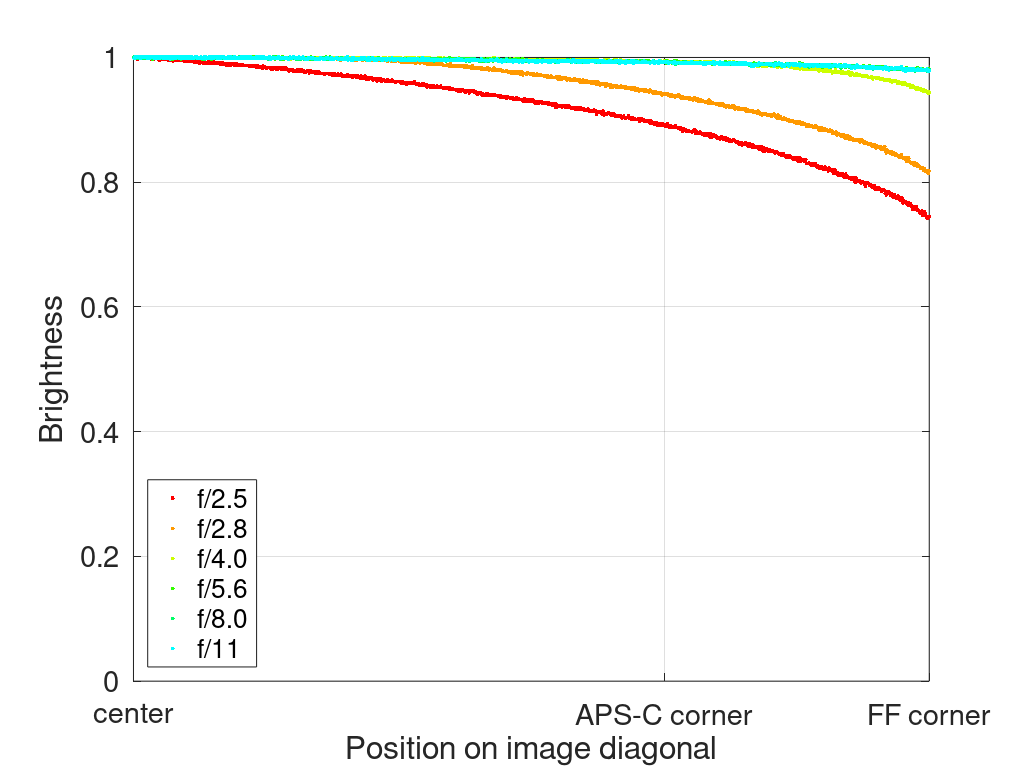
It is recommended to have a look at this article first to get an idea how this brightness graph works.
Optical vignetting
Fast lenses usually show a noticeable amount of optical vignetting, especially so the compact ones. Without going too much into technical details optical vignetting leads to the truncation of light circles towards the borders of the frame.
In the center of the frame almost every lens will render a perfect circle, but only lenses with very low optical vignetting will keep this shape in the corners.
So in the following comparison we move from the center (left) to the extreme corner (right) and see how the shape of the light circle changes.
The Nikon 105mm 2.5 shows a very typical performance in this category. Already stopped down to f/4.0 we see the straight aperture blades producing heptagons.
Sharpness
Focus shift
50% crops, Sony A7rII
There is a little bit of focus shift with this lens, but probably not enough to worry about when using a lower resolution camera or even film.
If you are using a higher resolution camera it might be a good idea to double check focus at working aperture in the f/2.8 to f/4.0 range with liveview if possible.
Infinity (42mp Sony A7rII)
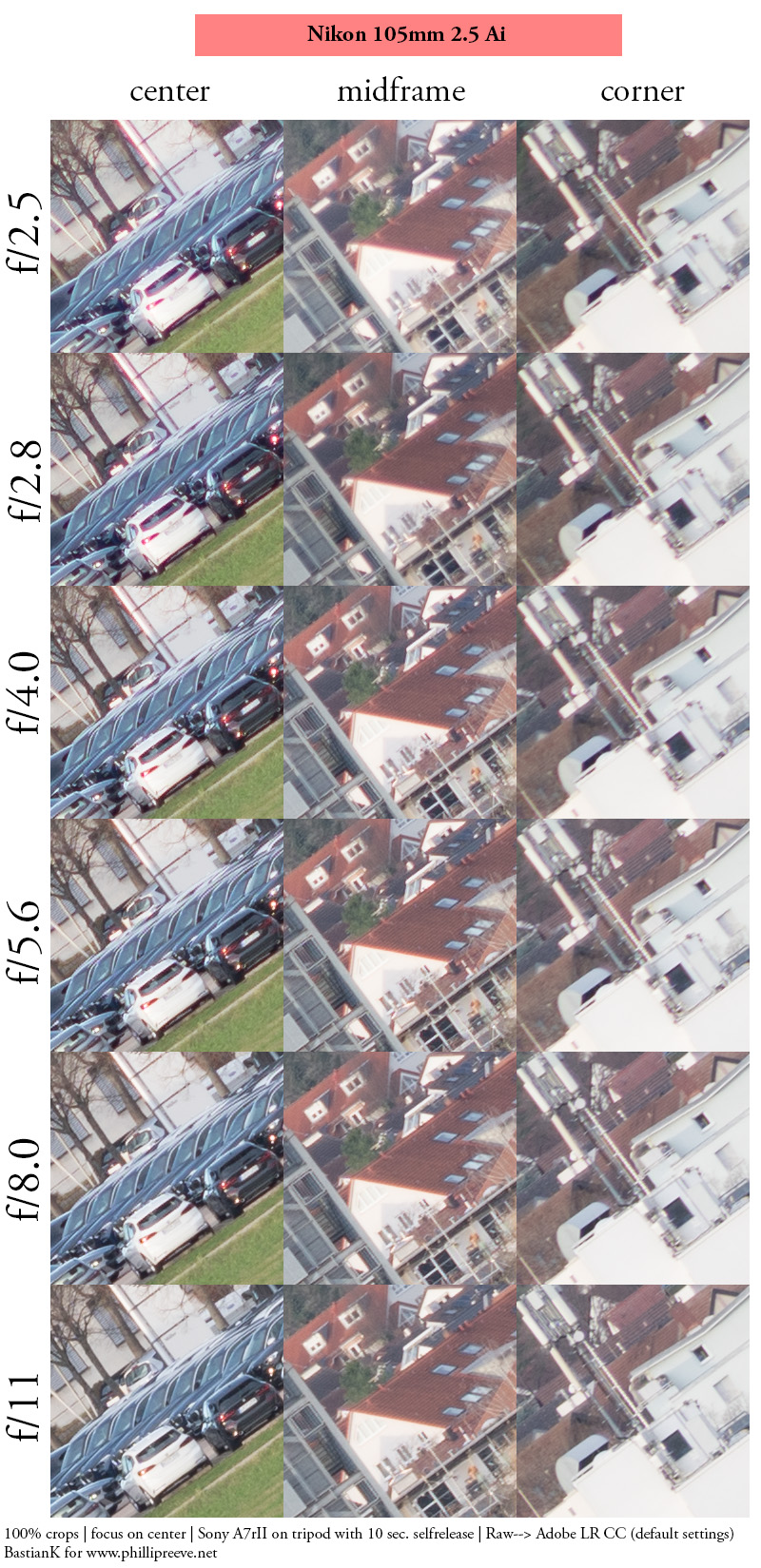
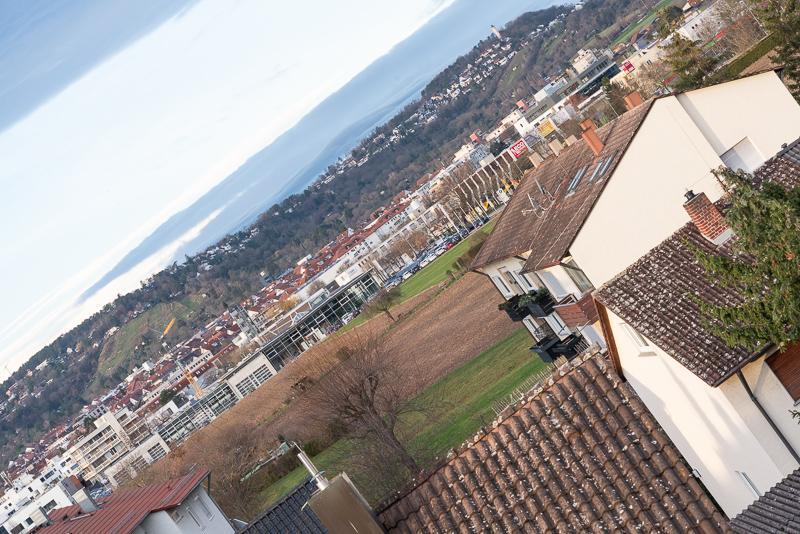
What can we expect from a 50 years old lens here? First we need to keep in mind this is a unit focus lens and unit focus lenses can only be optimized for one distance. And by my experience, for portrait lenses, that usually wasn’t infinity, because these are often situations where you can stop the lens down a bit.
Between f/2.5 and f/4.0 we do see noticeable color aberrations, also in the center of the frame. Midframe and corners are also a bit softer.
Peak across frame performance is reached by f/8.0, but f/5.6 follows closely behind and is therefore the aperture setting I used for a lot of pictures focused at or close to infinity.
This is actually a good performance, but when using a high resolution camera and looking at 100% crops of course modern lenses will look better, especially at wider apertures. But without a direct comparison, do I find the pictures I took with this lens at f/5.6 lacking? Not really.
Portrait 2.6 m (42mp Sony A7rII)
For portraiture it isn’t so important how flat the field is, it is more interesting to see what the sharpness is like when focused at different parts of the frame to take field curvature out of the equation.
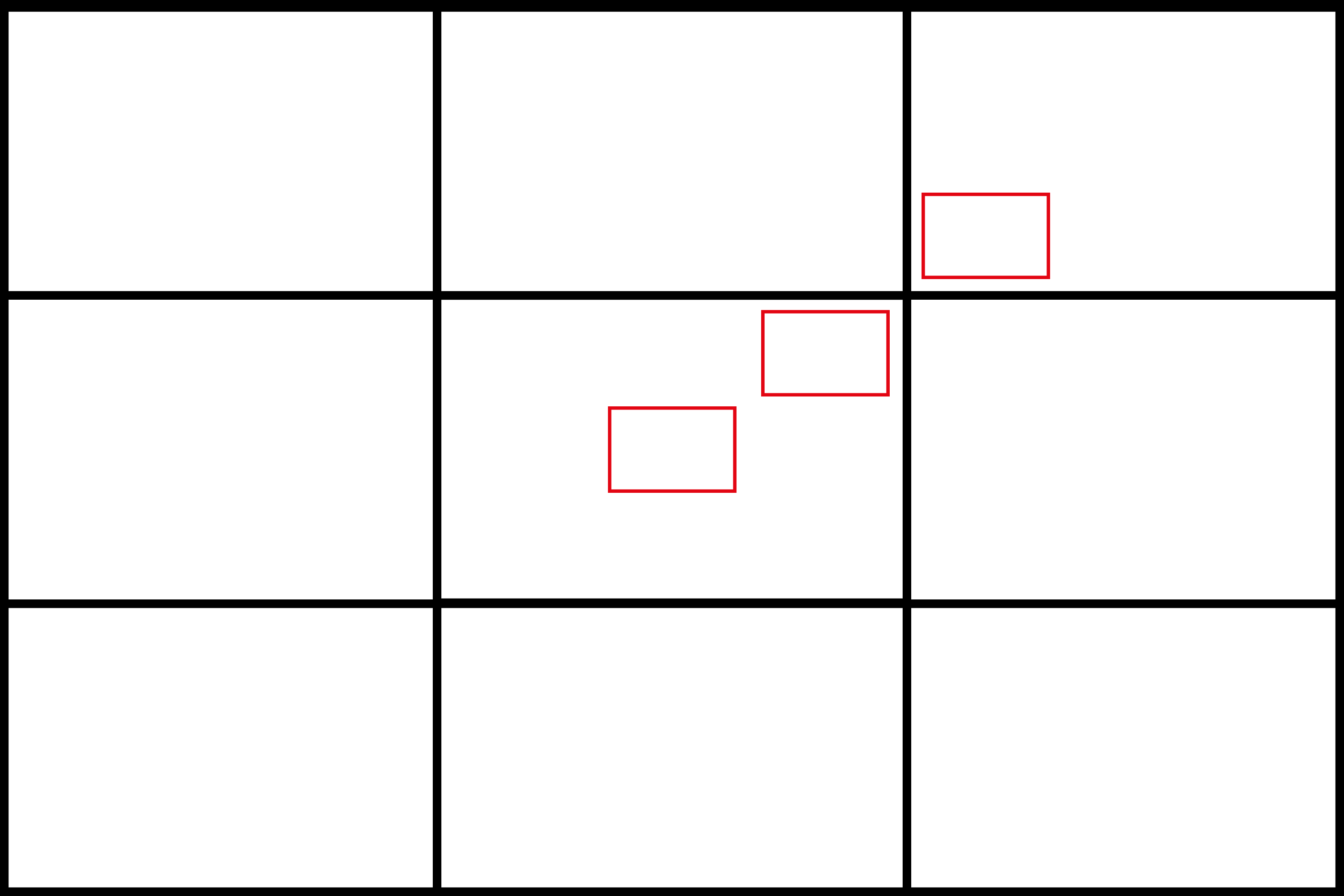
We will be looking at 100% crops from the 42mp Sony A7rII.
f/2.5 <—> f/4.0
This is roughly the focus distance I would expect a lens like this to be optimized for, and judging by the Moiré we see it does seem to meet my expectations.
The lens is slightly softer at f/2.5 than at f/4.0, but I never felt the pictures taken at f/2.5 in the field were lacking acuity.
Close 1.0 m, 1:7.6 (42mp Sony A7rII)
A maximum magnification of 1:7.6 is actually not bad for a short portrait tele, I did not expect that to be honest.
Obviously this lens features a rather simple unit focus design, so if you are looking for high resolution pictures it is a good idea to stop down a bit, but on film, I am not even sure people noticed this.
Flare resistance
The Nikon 105mm 2.5 is from the 1970s. You should not have high hopes here.
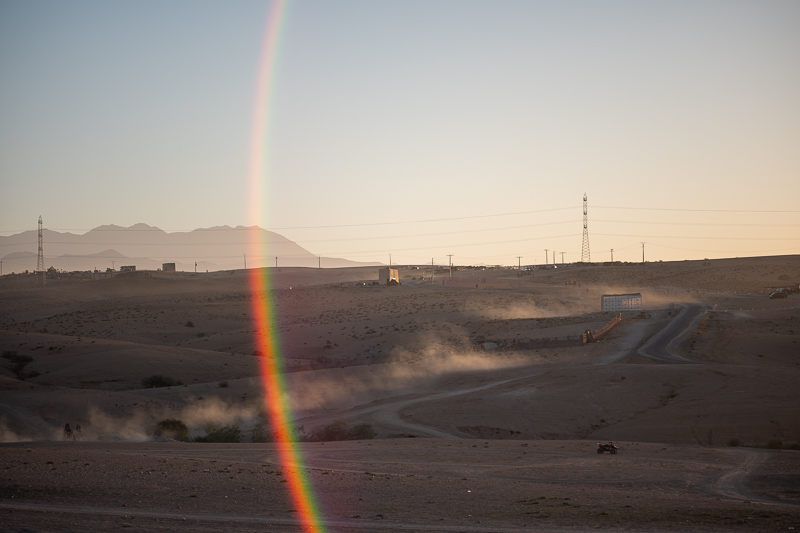
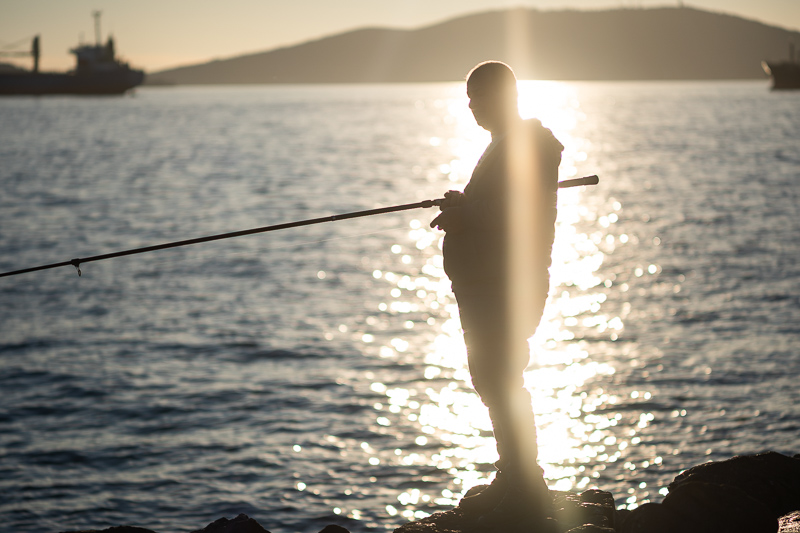

With the sun outside the frame veiling flare will often lead to a significant loss of contrast. In some situations I also encountered rainbow artefacts and even odd streaks.
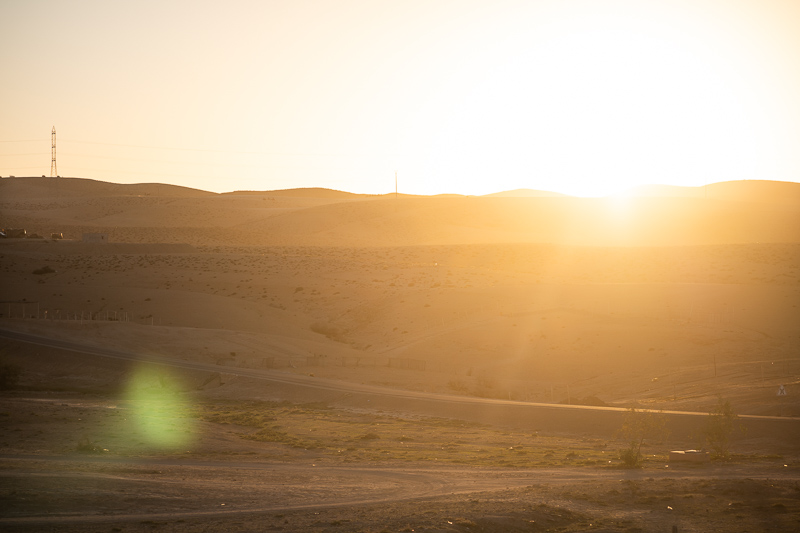
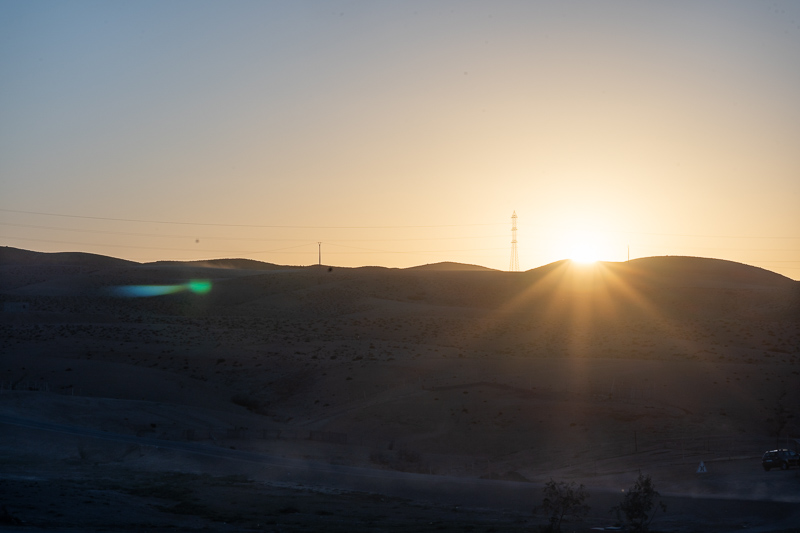
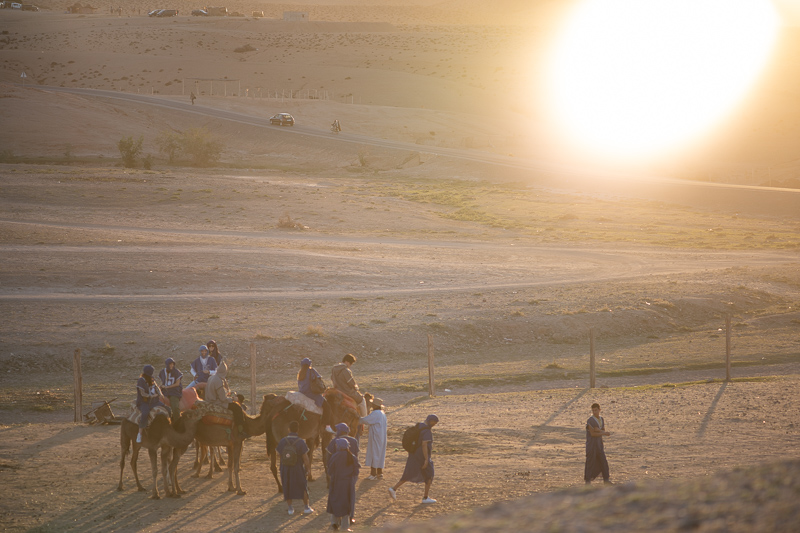
With the sun inside the frame also ghosts can appear. Here the performance is actually better than I would have expected, but the low element (and especially low group) count might have helped here, as there are not many air-to-glass surfaces.
A very typical performance for a lens from that era.
Coma
100% crops from extreme corner, focused on center, Sony A7rII
I don’t think astrophotography is a typical application for this lens, but a very high amount of coma can still easily ruin blue hour or nightly cityscapes. Surprisingly this aberration is corrected very well. As we saw in the sharpness section, stopping down to f/5.6 is still advisable for very good image quality in the corners.
Distortion
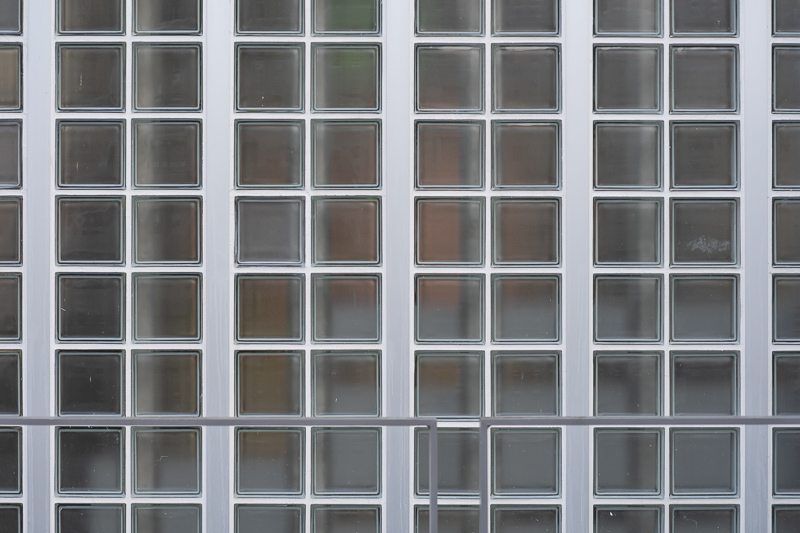
This lens does not have any field relevant distortion. After all, it comes from a time when you couldn’t easily correct this on a computer.
Bokeh

When it comes to bokeh there is quality and quantity. As it is 2024 – and these days we even have 105mm 1.4 lenses – in terms of quantity this lens won’t blow your socks off, but that doesn’t mean it ain’t capable of producing a pleasing out of focus rendering.

I was actually pleasantly surprised by this lens’ decent minimum focus distance of 1.0 m. While sharpness isn’t super high at f/2.5 I usually found it to be decent enough at these distances.
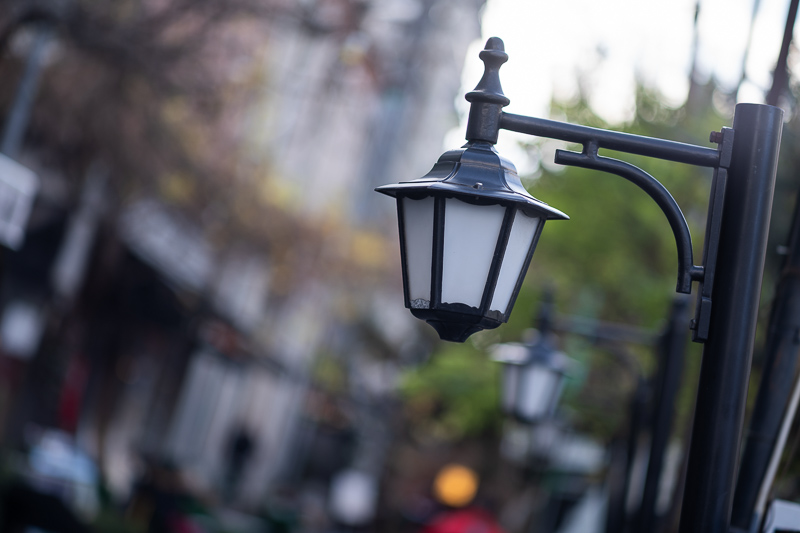

The two pictures above actually have structured backgrounds where some lenses would struggle, but this Nikon does create pleasing out of focus backgrounds.



Of course this lens is not for those that are looking for the shallowest depth of field, but it still shows a solid performance in this category
Sunstars
This 105mm 2.5 features 7 mostly straight aperture blades. The alignment of the blades is not really great, which leads to rays with uneven lengths. Not exactly what I like.
If you want to know more about sunstar rendering of different lenses have a look at this article.
Chromatic aberration
Lateral
100% crops from corner, Sony A7rII
Compared to today’s lenses this Nikon 105mm 2.5 has a rather simple optical design. To my surprise lateral CA are not really an issue. What is still there is easy to correct in post with just one click, e.g. in Lightroom.
Longitudinal
Oh well. At its maximum aperture this lens produces strong longitudinal CA. The scene above is a stress test, but keep in mind these are not crops, you are actually having a look at the full pictures. As you can also see, stopping down to f/4.0 makes a big difference, but it takes stopping down to f/5.6 to mostly get rid of this aberration.
Conclusion
good
|
average
|
not good
|
Looking at the table above, there are a few things we need to put into perspective. The main reason this Nikon 105mm 2.5 only has few flaws – which are also very typical for its era – is that it was already possible to make a well-rounded lens with these moderate specifications in 1971.
And there are additional benefits to that: compared to a faster lens this one is also easier to use and cheaper to manufacture.
Apart from its high sales numbers and its optical performance there is another reason this lens became famous: Steve McCurry used a Nikon 105mm 2.5 Ai-S for his famous photo “Afghan Girl”. Now let’s be perfectly clear here: that picture could have been taken with any somewhat decent short tele lens. What made that picture famous are the girl (especially her expression), the striking colors with the strong red/green contrast and the story behind it – the lens being used has hardly anything to do with those things.
However, the reasons a photojournalist picked this lens are still clear: it is durable, compact and doesn’t really have any outstanding flaws – at least none, that could have easily been avoided with the technology available at its time.
buy from ebay.com (affiliate link) starting at $150
Alternatives
Today no one makes new 105mm 2.5 portrait tele lenses anymore. Instead we are getting 85mm 1.8 portrait lenses. You can find a few examples of the those in our Guide to 85-135mm portrait lenses.
We did review a few other comparable vintage lenses in the past though, the Minolta MC 100mm 2.5, the Minolta MD 100mm 2.5, the Olympus OM 100mm 2.0 and the Olympus OM 100mm 2.8.
Sample Images
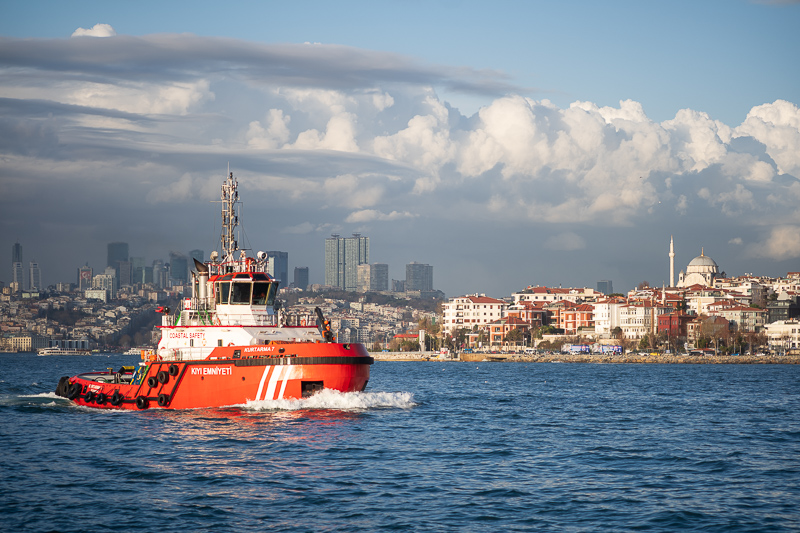
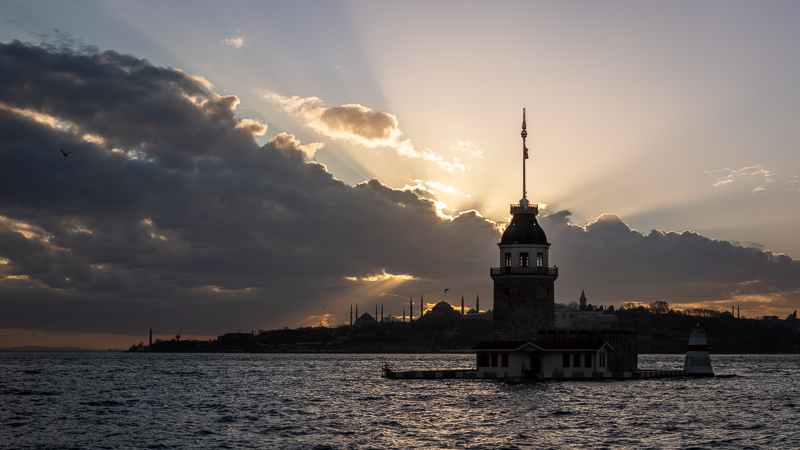
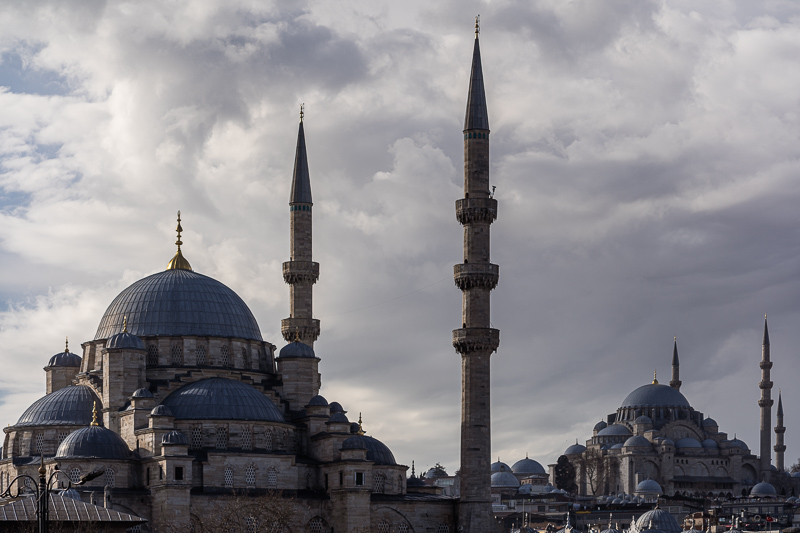

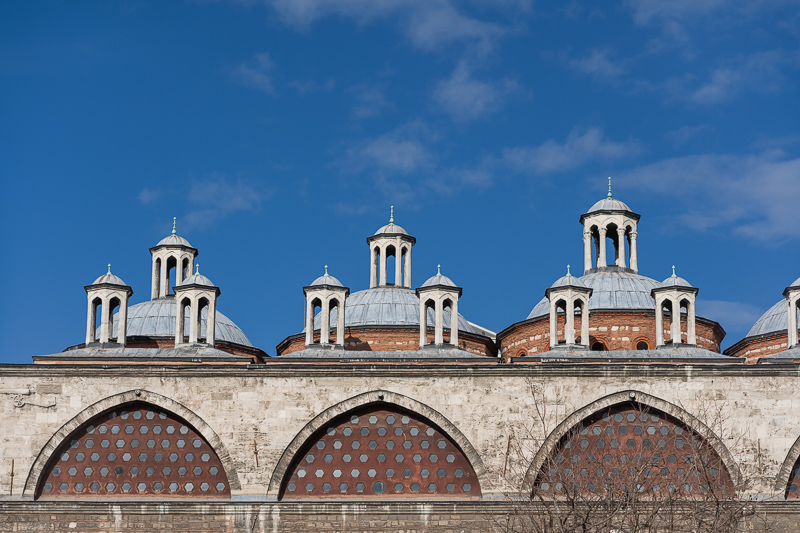
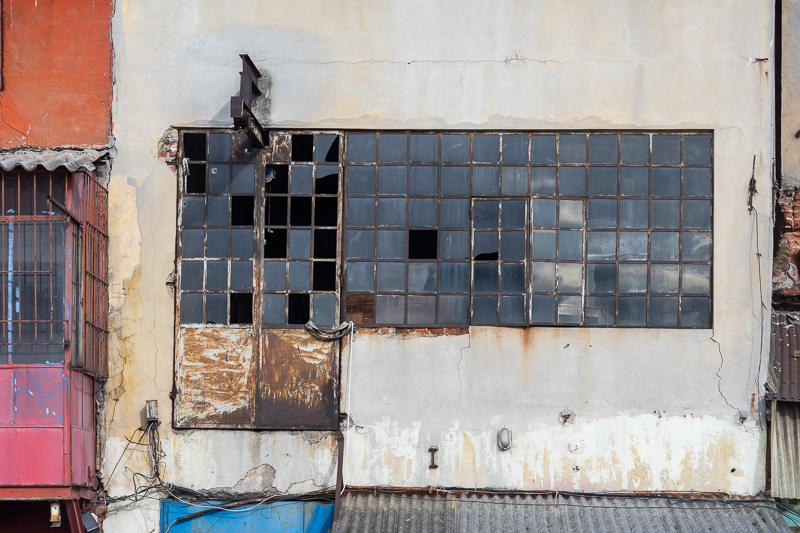


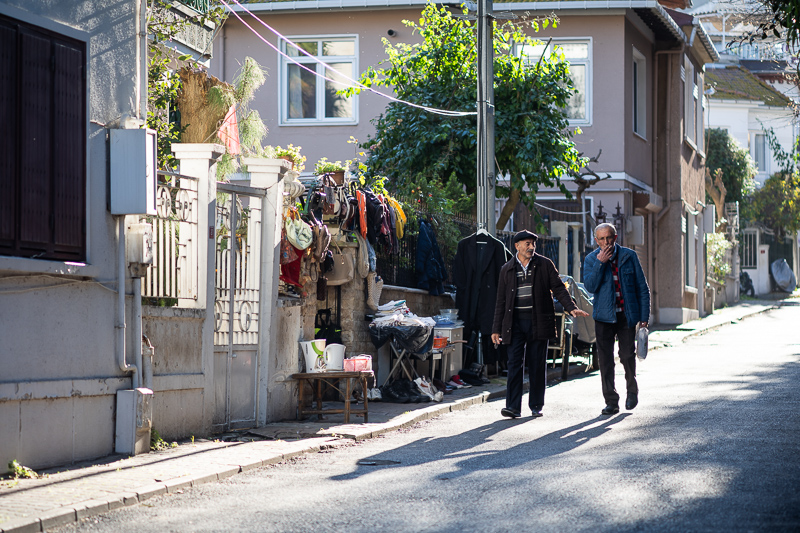
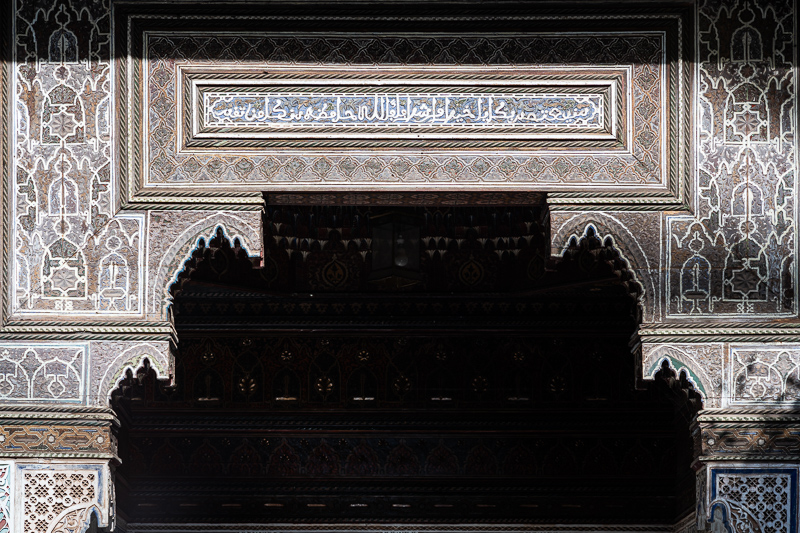
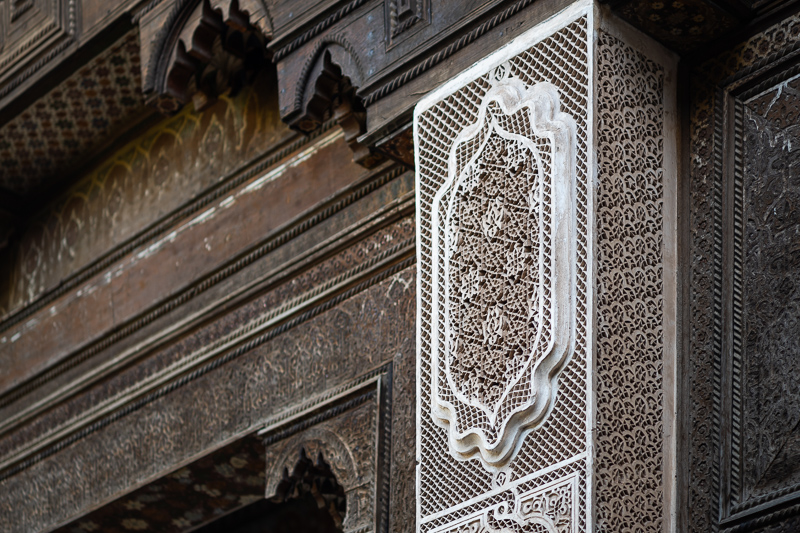
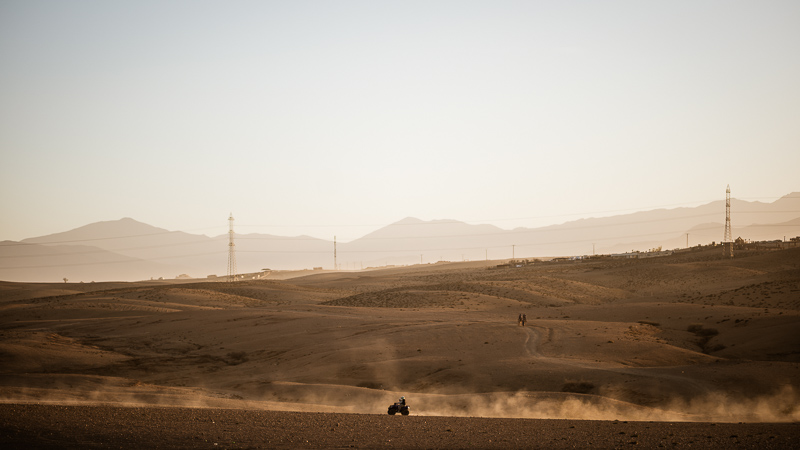

Most of the sample images in this review can be found in full resolution here.
Further Reading
- All Lens Reviews
- Analogue Adventures Landing Page
- Review: Nikon AF-S 58mm 1.4G
- Lens Aberrations explained
- Review: Voigtländer VM 40mm 1.4 Nokton MC
Support Us
Did you find this article useful or just liked reading it? Treat us to a coffee!
![]()
![]()
![]() via Paypal
via Paypal
This site contains affiliate links. If you make a purchase using any of the links marked as affiliate links, I may receive a small commission at no additional cost to you. This helps support the creation of future content.
Latest posts by BastianK (see all)
- Analogue Adventures – Part 33: Harman Phoenix 200 - July 24, 2024
- Review: Nikon 200mm 2.0 IF-ED Ai – The first of its Kind - July 21, 2024
- Review: Voigtländer 50mm 1.1 Nokton – Better than its reputation? - July 17, 2024



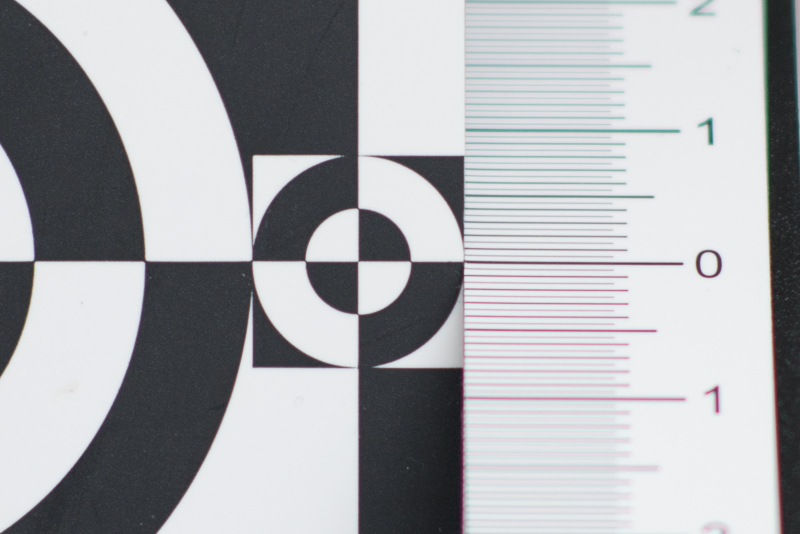
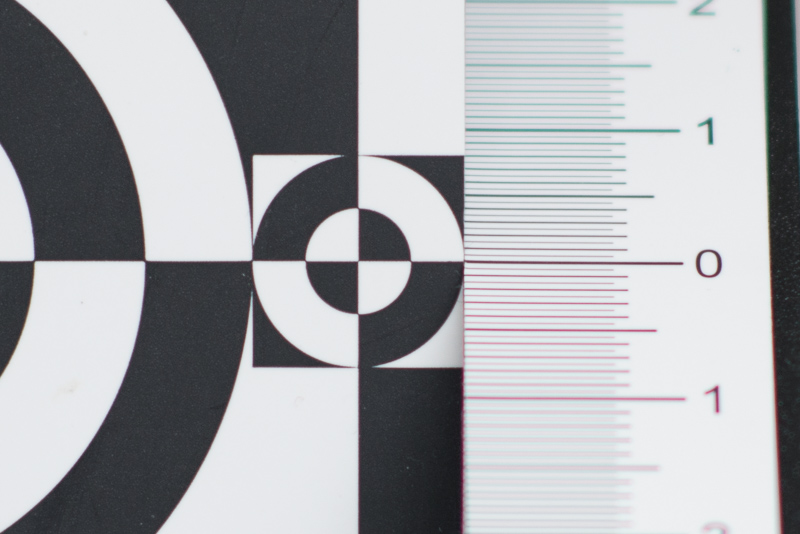
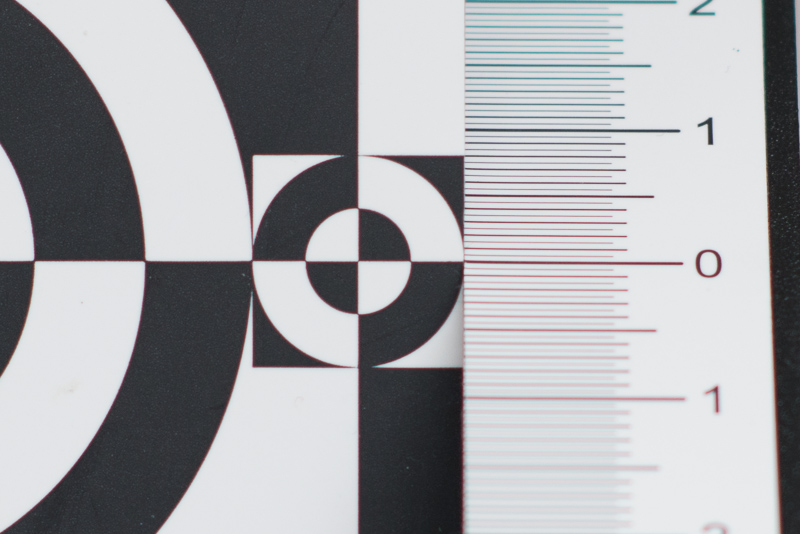
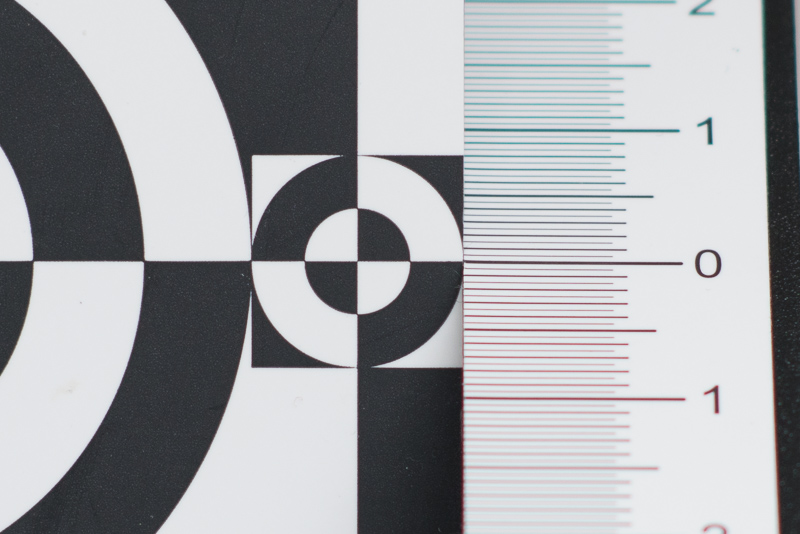
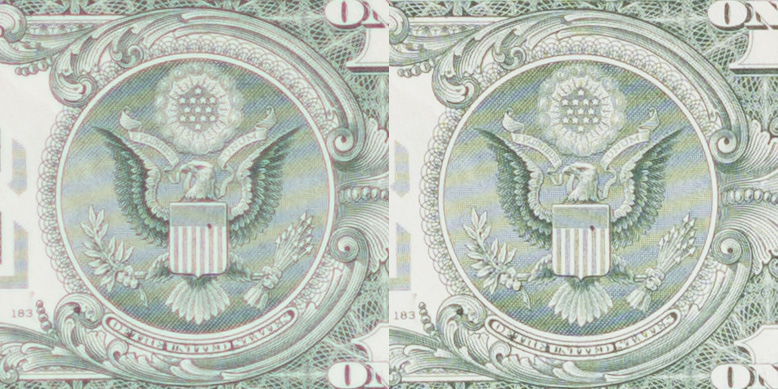
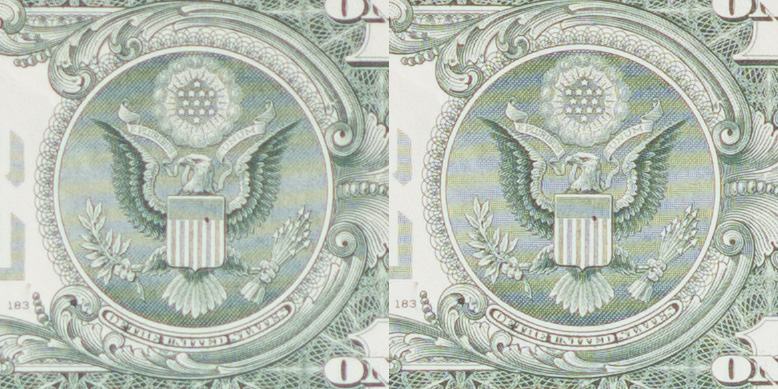
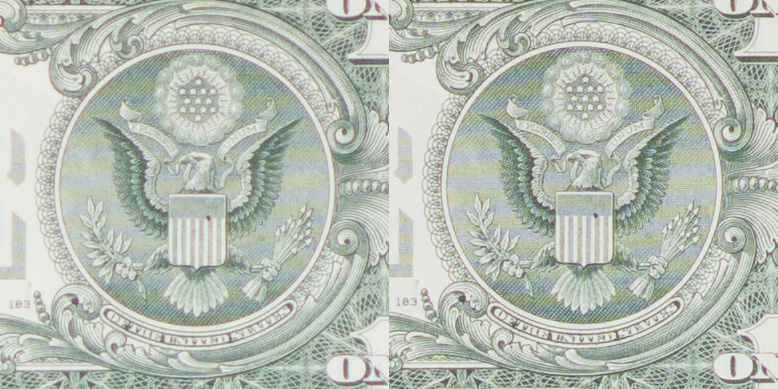
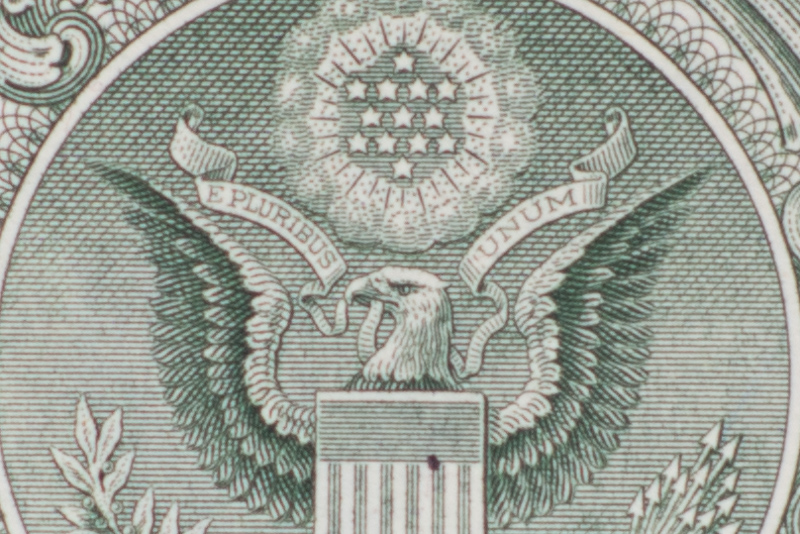
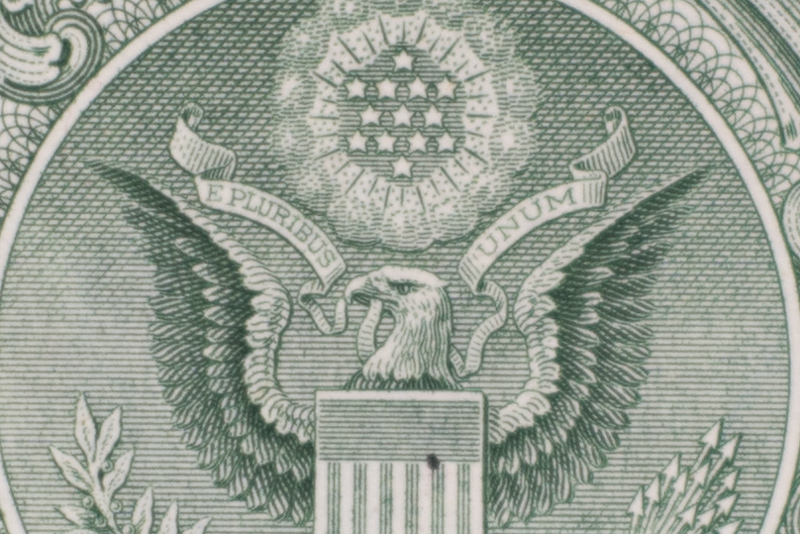
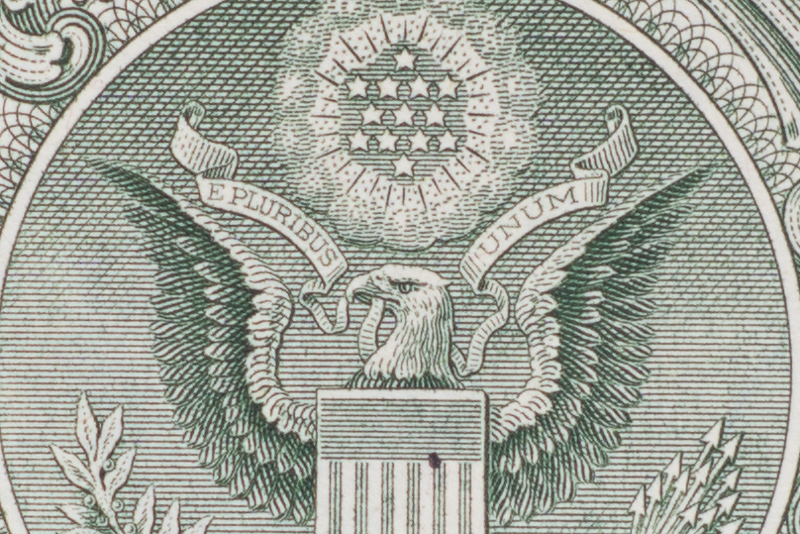
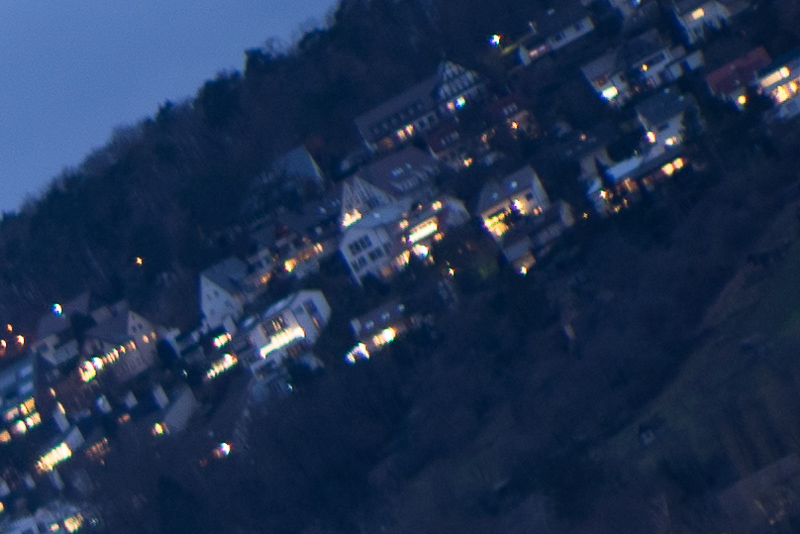
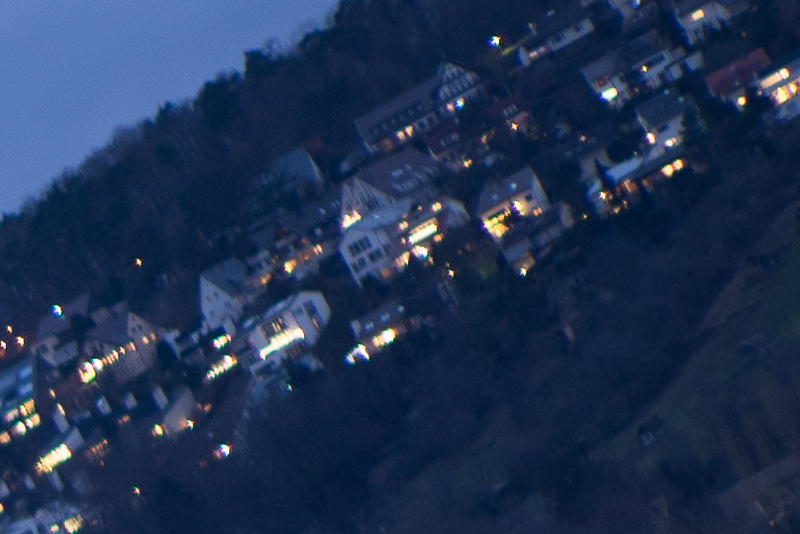
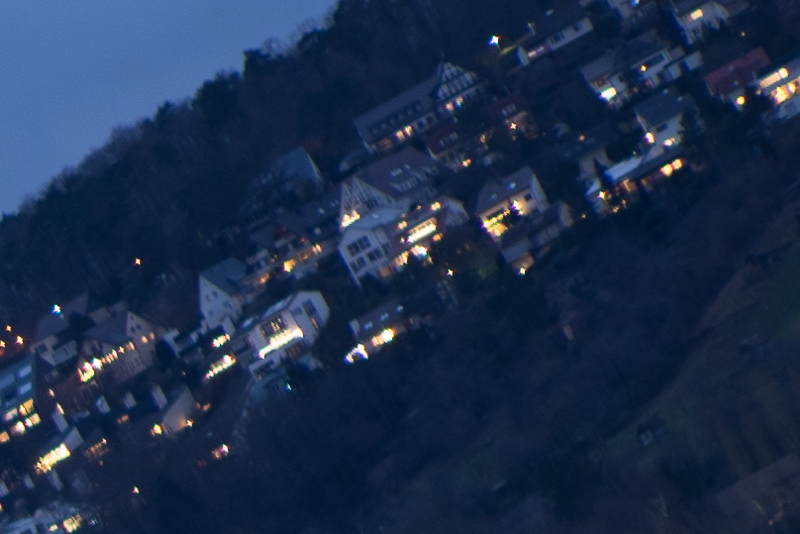
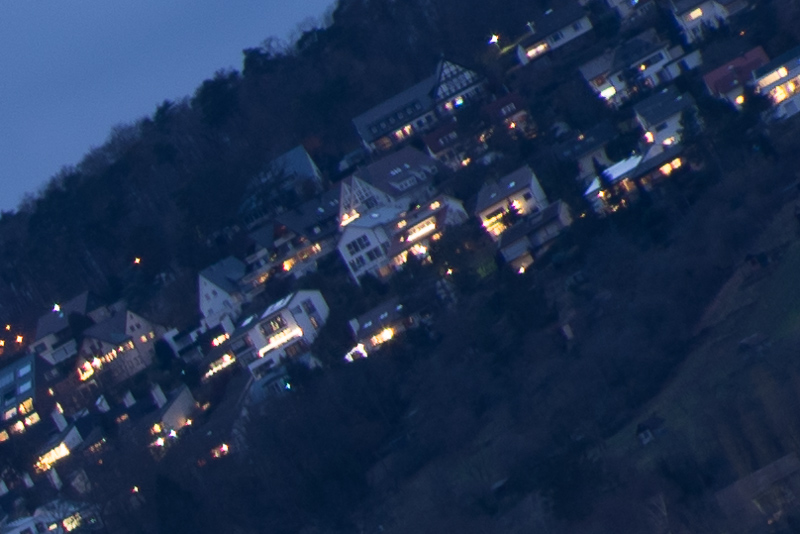
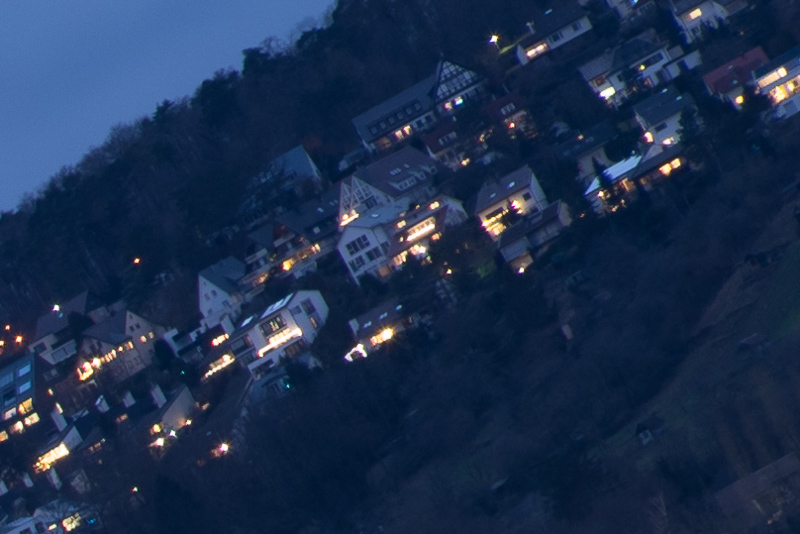
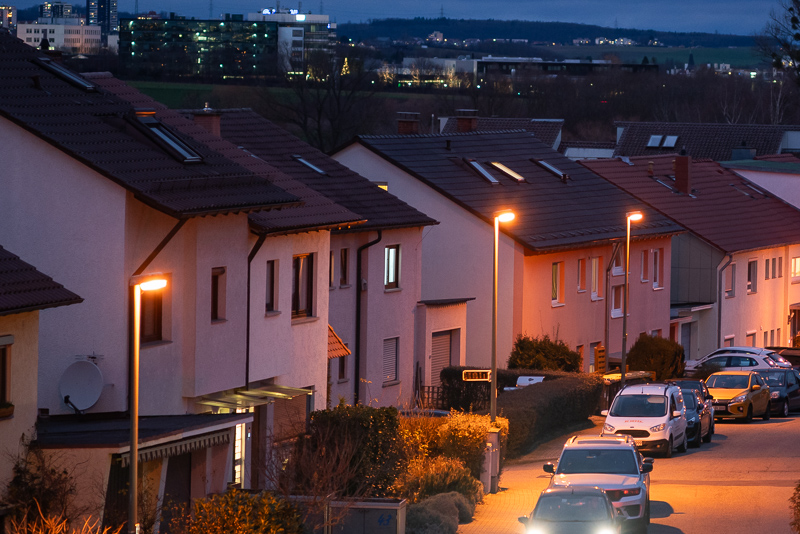
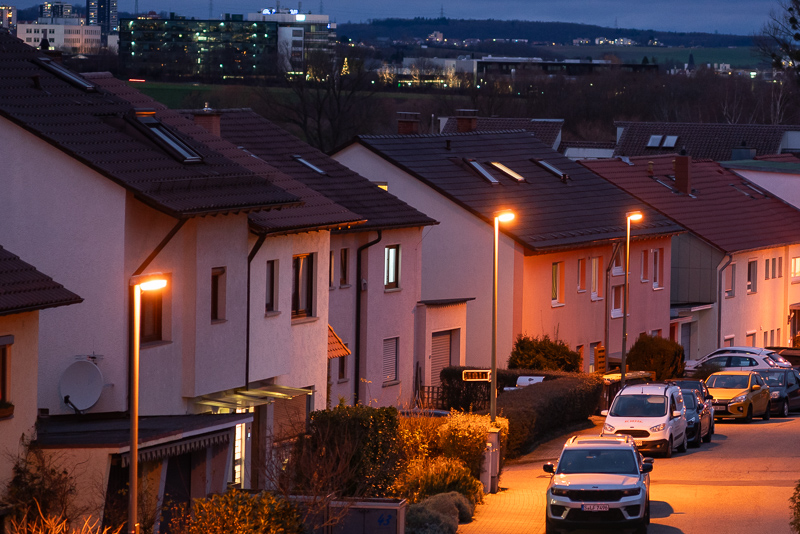
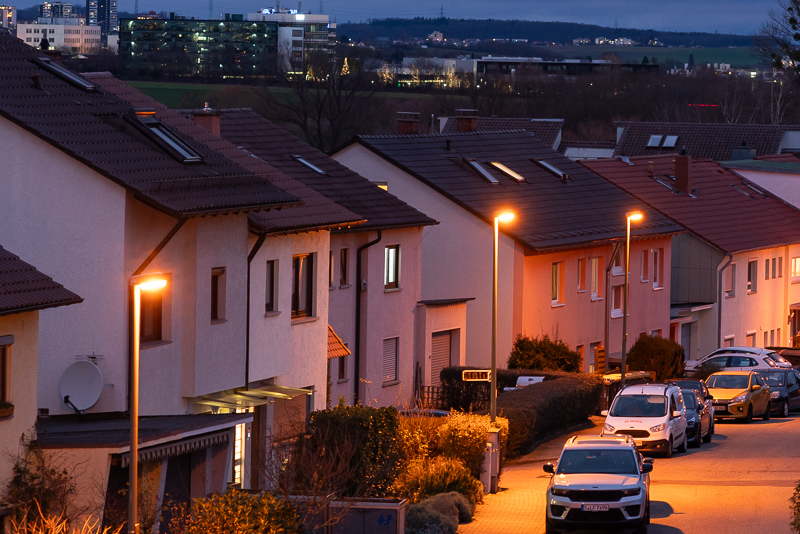
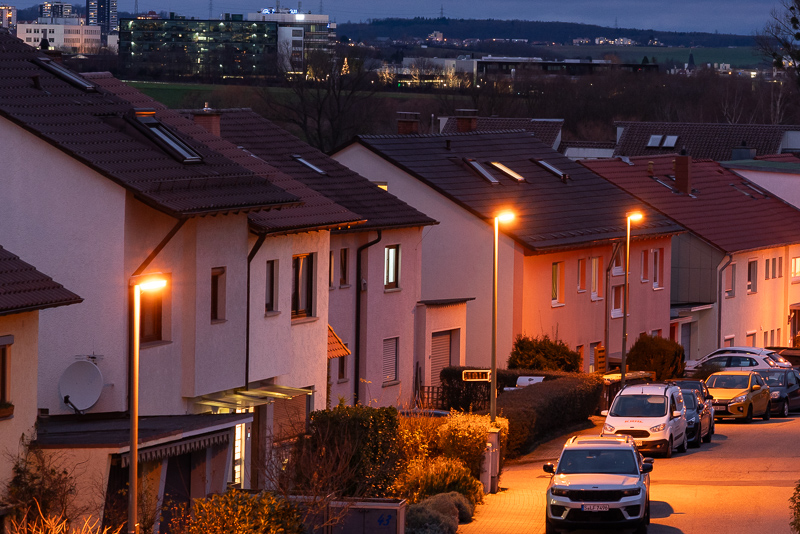
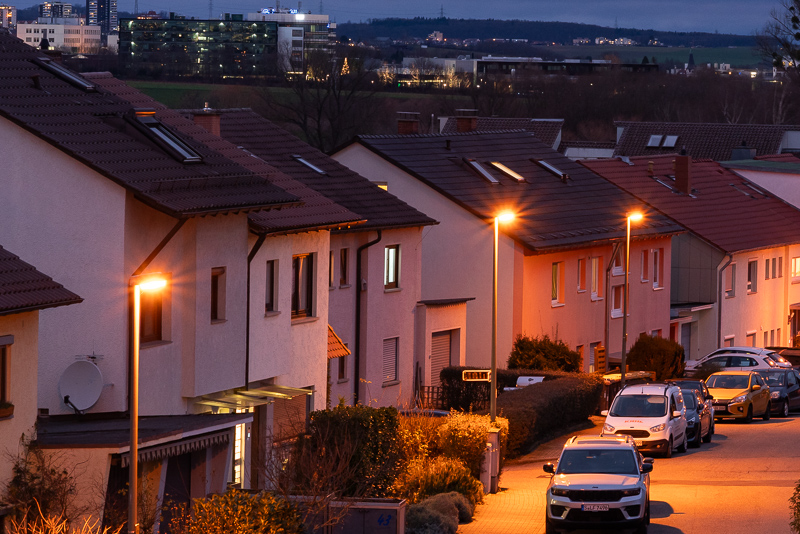
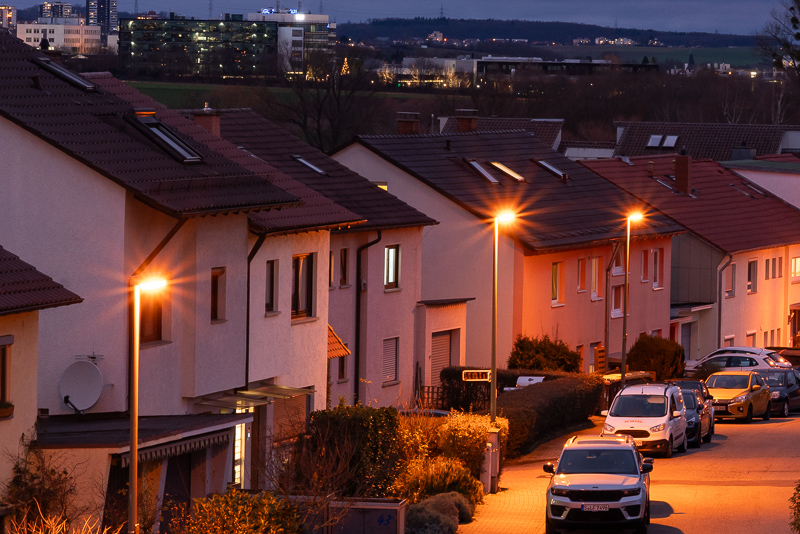
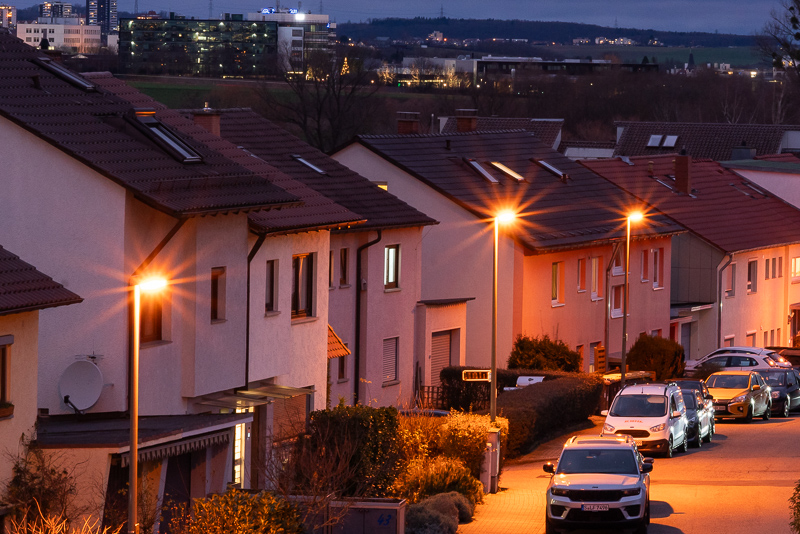
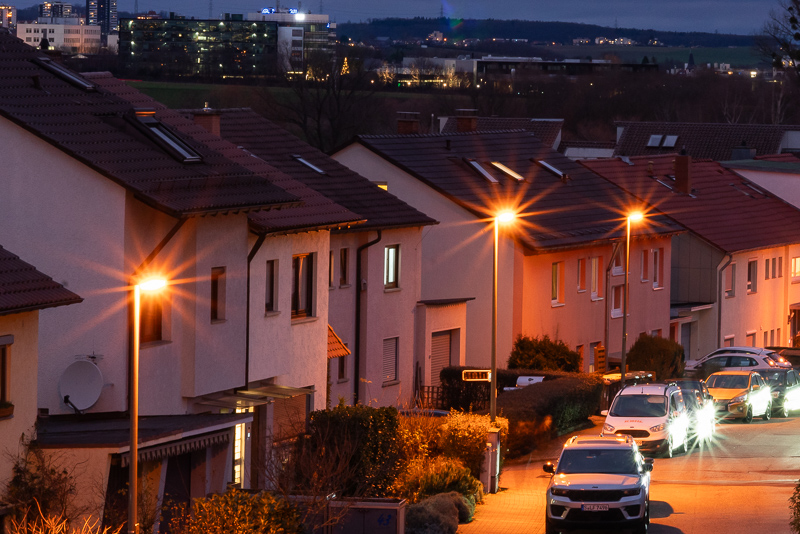
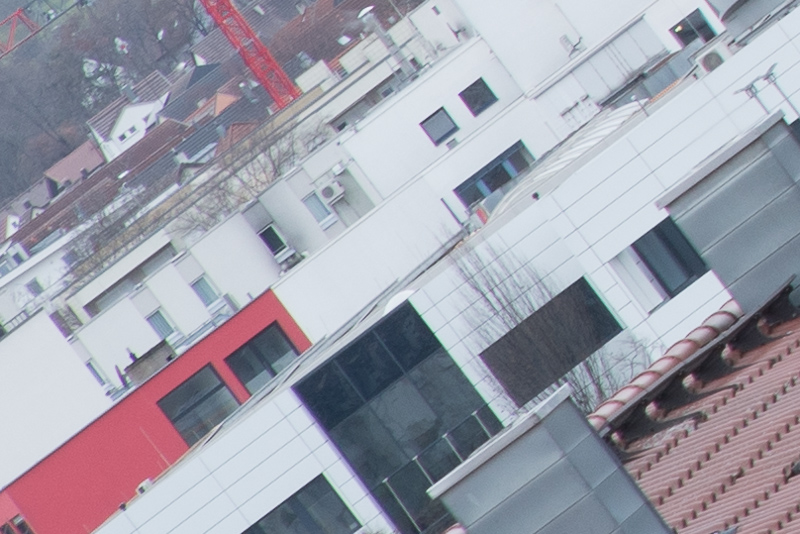
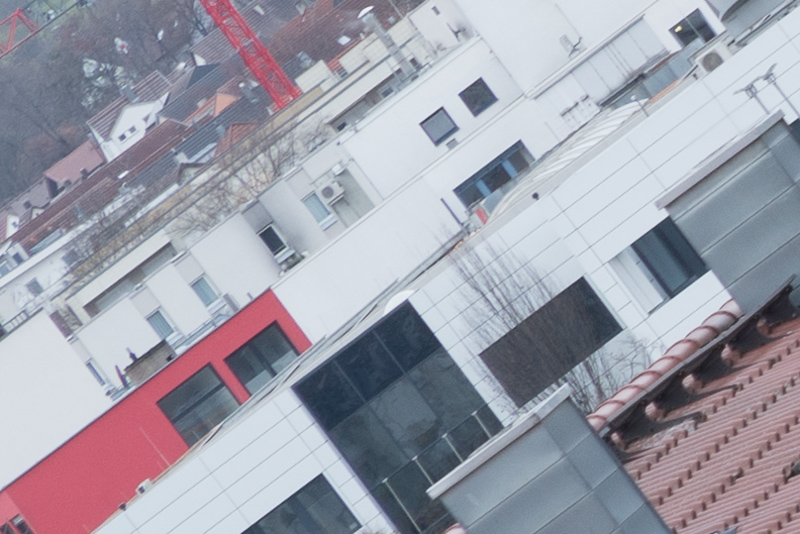

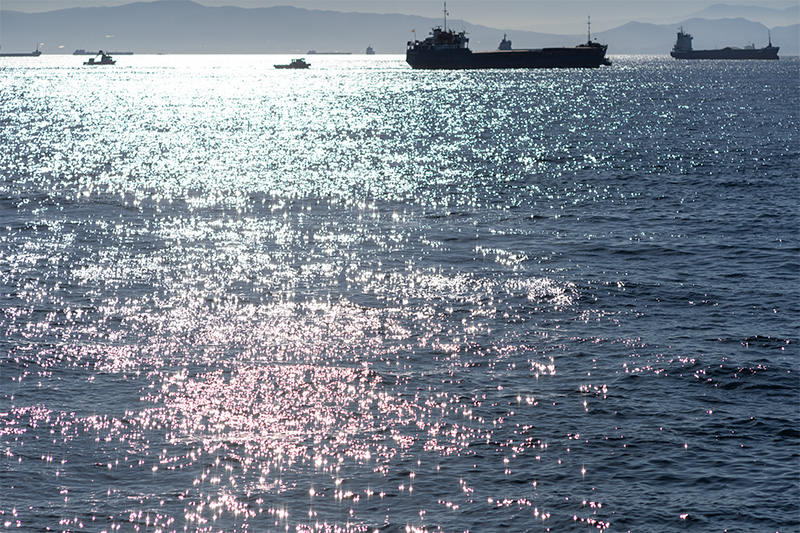

Amazing. This is certainly I must have lens. It was hard for me to want it because I have the Bokina 90/2.5 and the Nikkor 135/2.8 (which performs basically the same in most categories, but has a collapsible lens hood) but now I think I need to get it because it’s cheap and beautiful glass. The color, tones… the rendition is phenomenal. Only if we made lenses like this anymore. 5 Elements instead of 15, which I think really preserves the natural tones and colors of objects.
I disagree with this whole number of elements affecting tones & colors. There is a lot more to lens design than the number of elements and if someone longs for some LOCA and spherical aberration which will be apparent in these beautiful lenses in simpler designs I respect that.
I would never give away my P.C 105 2.5 ai converted lens.
However would also never romanticize these older lenses.
Laws of physics dictates that there will be some loss of light as it goes through different layers of glass and it may affect actual t-stop of lenses but again it all comes down to design & coatings more than the number of elements.
Have we lost some of that magic going for pure sharpness focused instruments on 50+ megapixel bodies? Definitely, depending on subject matter & artistic vision, but there are also modern lenses that balance character & flaws better imho.
Yeah I’m not claiming that modern lenses with more elements never offer a better balance than old 5 element lenses. This is especially true when considering LOCA and best corner to corner sharpness wide open. I use my CV 40/1.2 a LOT more than my Minolta 45/2. Nonetheless, despite my classic lenses having a lot of flaws and limitations, nearly every lens that I have which has less than 8 elements and doesn’t over correct for various aberrations doesn’t also filter out subtle tones and diminish color saturation that most modern lenses do. If you have a sigma 24-70/2.8 with a trillion corrective elements stop it down to F8 at 45mm and then do the same with a Minolta rokkor 45/2, you’ll have a corner to corner surgically sharp and sanitized image from the sigma that looks flat and almost cartoonish. No problems with flare resistance though and no field curvature. You do the same with the Minolta 45/2 you’ll get a slightly more distorted image, the extreme corners will be a little soft still due to field curvature, you’ll have poor flare resistance. However, the Minolta will look way more beautiful, will look “3D” and will express tones and colors in a way that is faithful to the actual composition. It’s because our brains use subtle tonal shifts in order to perceive depth. This general trend replicates with pretty much every over corrected modern lens I have used when compared to my older classic lenses from Minolta, Asahi, Nikon, etc. I’ve done this comparison a million times. Brands like Voigtlander usually strike this balance very well. Sigma, Sony, infrequently do (with exceptions).
Thank you for this review! Overall ideology of this lens looks quite similar to modern Sigma C 90/2.8, doesn’t it? Keeping in mind optical tech advancements after these 50 years, of course.
I’m curious to see when/if we get a non-cine version of the Samyang 100mm T2.3, which would be even closer… I’d love to see more modern lenses like this TBH.
Very nice article on a legendary lens! Beautiful photographs with amazing colors too!
Nice review on what sounds to be a great lens. The combination of good optics, solid build, useful focal length and moderate cost has to put it near the top of the list for anyone who enjoys manual focusing and likes the color rendition of these older lenses. I would be out looking for one if I didn’t already have an SMC Takumar 105/2.8, which shares many of the same attributes.
I use a heavy used copy of this lens with a nikon to canon ef adapter on my 5DIII and love it! I have the Canon EF 85 1.8 also and I have to admit that the render of this Nikon has something special.
Very nice review!
Nice review again, this lens is up there with the Tokina 90mm f2.5 and the Nikkor AIS 105 f1.8. I like the 2.5 lenses a bit more since they perform well in astro as well. The Tokina is the most versatile due to it’s macro capabilities, so after using them 15 years together I kept the Bokina, which is (still) always in my bag since 30 + years. I have an E-series 100mm f2.8 , which is great for UV photography (only 4 lenses without cement) And that one is very compact/lightweight and opticallu nice as well. Only a bit worse than the 105mm f2.5 and the Bokina.
Nice lens for a nice price too!
What about the Sigma 105mm f2.8 DG-DN macro?
I don’t see the bigger macro lenses as an alternative here.
I purchased a 105 f2.5 in a px ( post exchange) at the 4th Infantry Division base camp in early 1967. So it is of the sonar type. I had just returned from R&R in Japan with a new Nikon F. It became a favorite and still is ( still have it). Use it now mostly with a mirrorless Sony. Great lens.
I do have the later version with the retractable hood, have always found that to be very convenient.
My Takumar 105 2.8 is physically a jewel, like most Takumars are, but it has busier bokeh in most situations.
It would be nice if the Takumars would get some love here.
Thanks for all the effort you guys put in these reviews!
Thanks for another great review. I love this lens but I slightly prefer another great performer from this era the Canon FD 100mm f2.
100mm F2.8 (preferably S.S.C. simply because of build quality and longevity) is the real alternative though, F2 lens compares to a faster Nikon.
Speaking of Canon’s 100mm 2.8, they are a bit sharper overall, but with very different rendering. I suppose majority of people would prefer the Nikon for portraits, Canon for landscapes, but both lenses can do any of those tasks.
Many people prefer the Sonnar version of the Nikon as well. I suppose that Bastian wouldn’t hate it, considering that he liked Jupiter 9, which renders very similarly.
There are many decent 100-ish mm vintage lenses indeed. The problem may be that they are neither here nor there in terms of FL and speed, so I suspect most people would opt for 85mm or 135mm alternatives. On the other hand these 100mm lenses are now cheaper than 85mm options (that used to go for 150-200 eur, but now mostly go for 300-400 and more).
Everyone cites the Steve McCurry “Afghan Girl”, but, if you watch very carefully in the Jackson documentary, “Get Back”, Linda Eastman (later Linda McCartney), used a 105 f2.5 for the portrait shots used for the cover of “Let It Be”. I think it was the earlier Sonnar version, though.
the “slower” tele primes from SLR era are great performers. The 135mmf3.5 Canon nFD too is a steal for its price.
And lets not forget one major thing, they have never performed better and were easier to use than on current MILCs with effective IBIS and great EVFs.
Its a real renaissance for them since modern tele lenses tend to be rather fast, large and bulky.
Thank you Bastian. This is the kind of lens that makes anyone realize we should take off our hats to the lens designers, who had no computers, no simulations and no fancy machines. They had to rely on craft and creativity as much as on their optical engineering knowledge.
Thanks, Bastian, this is another great review! How would you say it compares with the minolta MD 100mm 2.5? Cheers from Brazil.
Another alternative vintage Nikon lens which I find to be very underrated is the 100mm 2.8 E. It is so light and tiny, it looks more like a 50mm, great for a small camera. Sharpness is excellent even at 2.8. I have the E and the 105mm 2.5. Due to the vast difference in size, I use the E far more. The E lenses have a poor reputation, but the 100mm is an exception.
Why is not the Voigtlander 2.5/110 Macro an alternative?
Because it is a macro lens and if I mentioned it, I would have to mention twenty 105mm 2.8 macro lenses as well.
You are right, of course. Infact I had in mid the Micro-Nikkor…..but it isnn’t.
I am sure you are neither the first nor the last person to mistake this 105mm 2.5 for one of the many 105mm 2.8 macro lenses 🙂